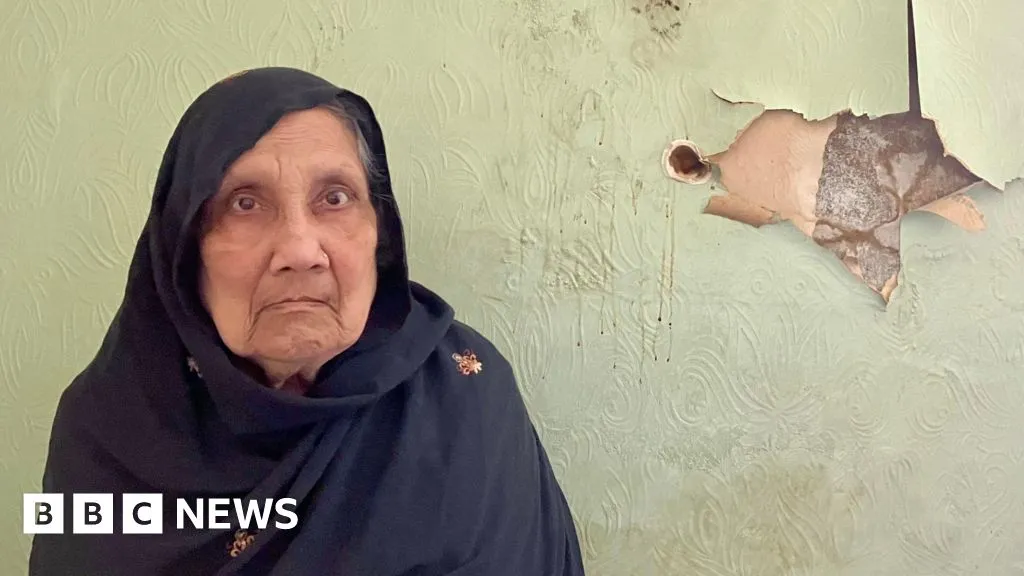- cross-posted to:
- bbc@rss.ponder.cat
- cross-posted to:
- bbc@rss.ponder.cat
In November 2022, Mrs Khatun had her house insulated under a government scheme known as ECO 4. It is designed to help low-income households make their homes warmer and cut their energy bills. Insulation boards are fixed to the exterior brickwork of a house and then coated in render.
More than three million homes in the UK have had insulation fitted under government ECO schemes, which are paid for by the energy companies, with the cost passed on to all consumers through their energy bills.
The BBC revealed earlier this year that hundreds of thousands of these homes could have insulation that wasn’t installed to the required standard. Within months of Mrs Khatun getting her insulation fitted, it became clear that this was the case in her house. A surveyor’s report shows how rainwater penetrated the house leading to the damp, mould and dry rot.




There is another thing that I sometimes talk about on here, breathability.
You either need to prevent any moisture moving in any direction, or allow vapor to move with breathable materials.
Ones that allow water vapor to move, but not liquid water.
Older buildings, where the original materials were breathable, should ideally continue to use breathable materials. This prevents issues with water wicking through one old surface, then getting trapped behind another. It also removes the risk of damaged or badly designed vapor barriers allowing things through, as the materials themselves help get the moisture out as a passive action.
I’m not aware of any insulation and rendering options that allow breathability of the sub structure. This is why any internal leaks need to be fixed and rising damp needs to be mitigated with DryRods.
Pretty much the only buildings that cannot be insulated without a massive amount of work is where the floor of the building is sitting in groundwater without a waterproofing membrane.
I like to think of it like a passive action that helps handle the smaller amounts of moisture (humans breathing, cooking, laundry), but also an action that helps reduce the problems of acute issues that occur. That way, when something does happen, there is at least a dampening effect while the leak is fixed.
Leaks and rising damp still need to be addressed, obviously.
Examples are things like vermiculite render on the outside, Steico/Wool batts as normal insulation.
The downside is, it’s expensive. The insulation is only as good as fibreglass/rockwool, and costs about 3x as much.